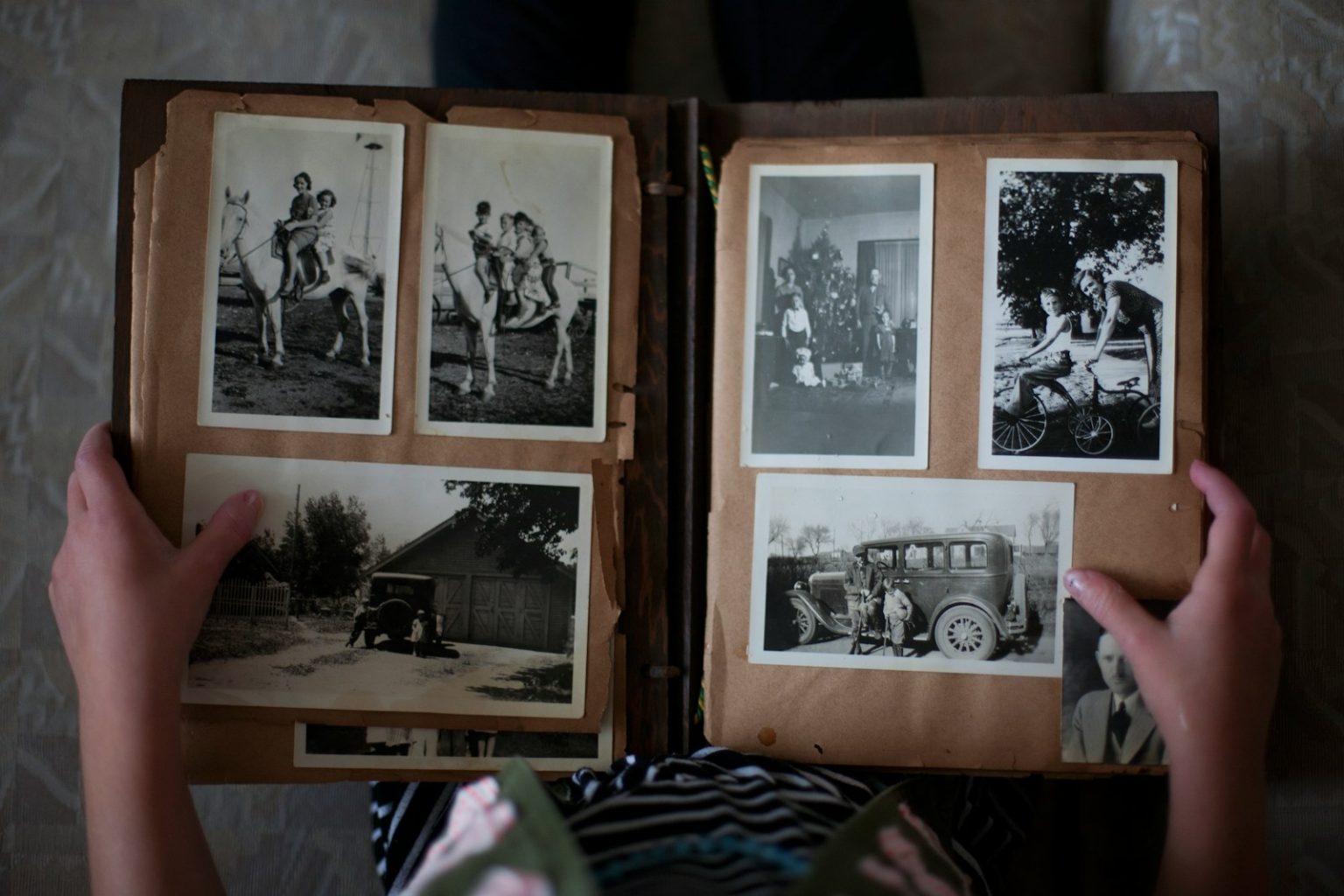The Ripple Effect of Continuing Someone’s Legacy
This act of continuation creates several powerful outcomes:
- It honors the original vision and keeps it alive
- It provides continuity for those who benefited from the original work
- It transforms grief into purpose
- It builds upon the foundation while allowing for growth and evolution
The beauty of this continuation lies not just in preserving what was, but in allowing it to evolve while maintaining its core essence. Rob didn’t simply maintain the group — he shepherded it through a transition that honored Steve while creating space for the group to find its new identity.
View this post on Instagram
Why Continuing Another’s Work Matters
When someone picks up another’s mantle, they’re making a statement about values. They’re saying: “This work matters. This vision deserves to continue. The person who started this deserves to be remembered.”
I’ve seen this play out in business contexts numerous times. A founder steps away, and a successor either honors or abandons the founding principles. The organizations that thrive are often those where the successor understands the importance of honoring the original vision while adapting it for current realities.
The most meaningful legacies aren’t buildings or monuments – they’re the living, breathing work that continues to touch lives.
In our Kinsler Circle, we’ve maintained the spirit of connection, growth, and mutual support that Steve initially fostered. But we’ve also allowed the group to evolve in ways that meet our current needs and challenges. This balance of honoring and developing is the secret to successfully continuing another’s work.
Finding Gratitude in Continuation
I’m deeply grateful for several elements of this experience:
- The original vision and community that Steve created
- Rob’s willingness to step up and lead
- The ongoing relationships and growth within our circle
- The reminder that good work can outlive its creator
This experience has made me reflect on my own work. What am I building that might continue beyond my direct involvement? Am I creating systems and communities that have enough inherent value that others would want to carry them forward?
It’s also prompted me to look around and notice other instances where someone has honored a predecessor by continuing their work. These quiet acts of continuation deserve recognition and celebration.
Who are you grateful for in your life? Perhaps it’s someone who started something meaningful, or maybe it’s the person who stepped up to continue that work when the originator could no longer do so. Either way, I encourage you to reflect on these connections and express your gratitude. These chains of continuation form the backbone of our communities and deserve to be acknowledged.







